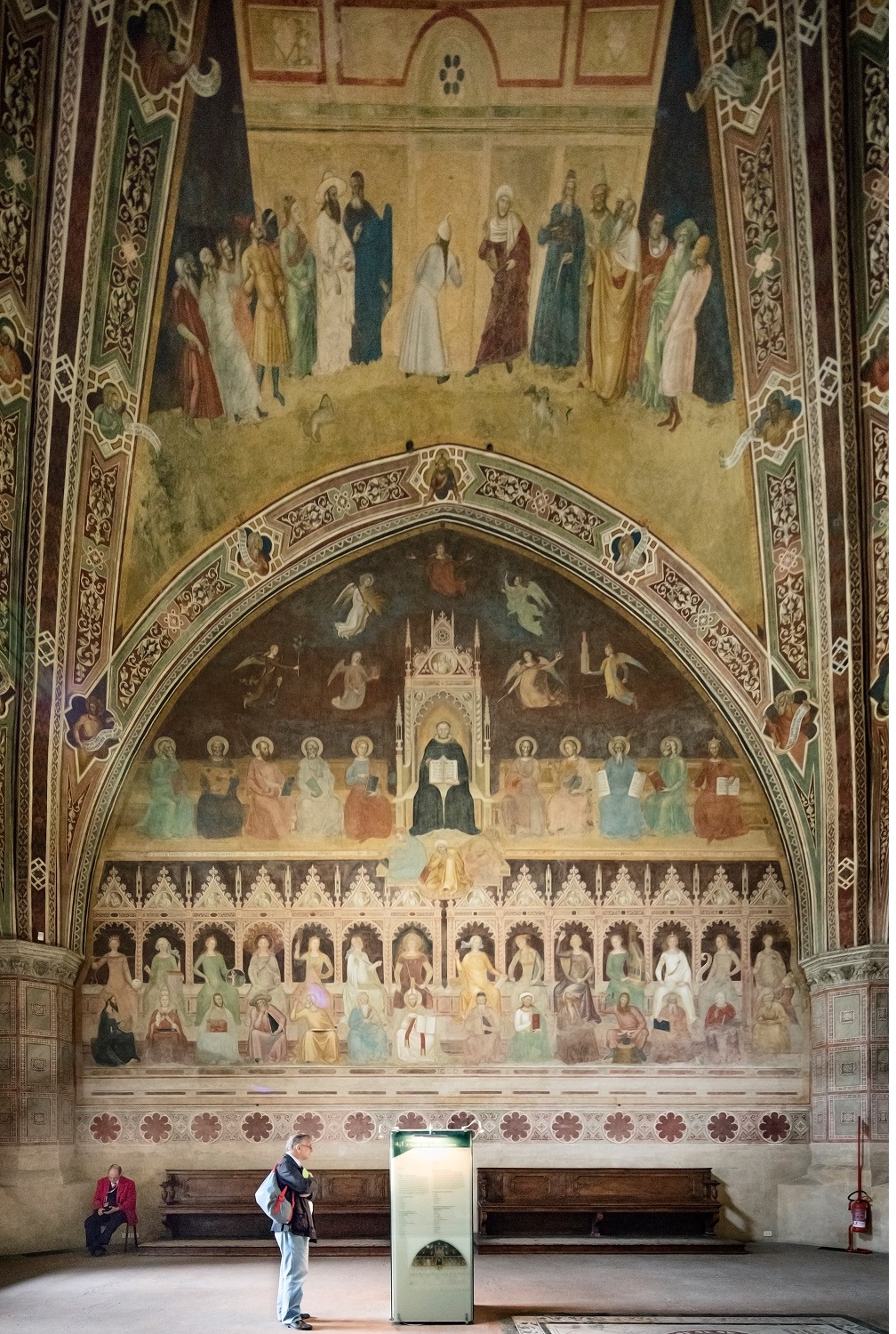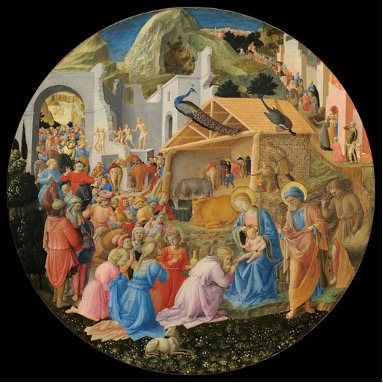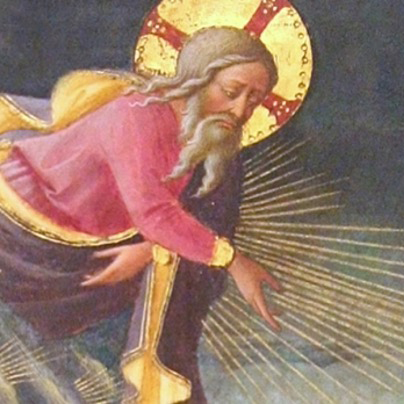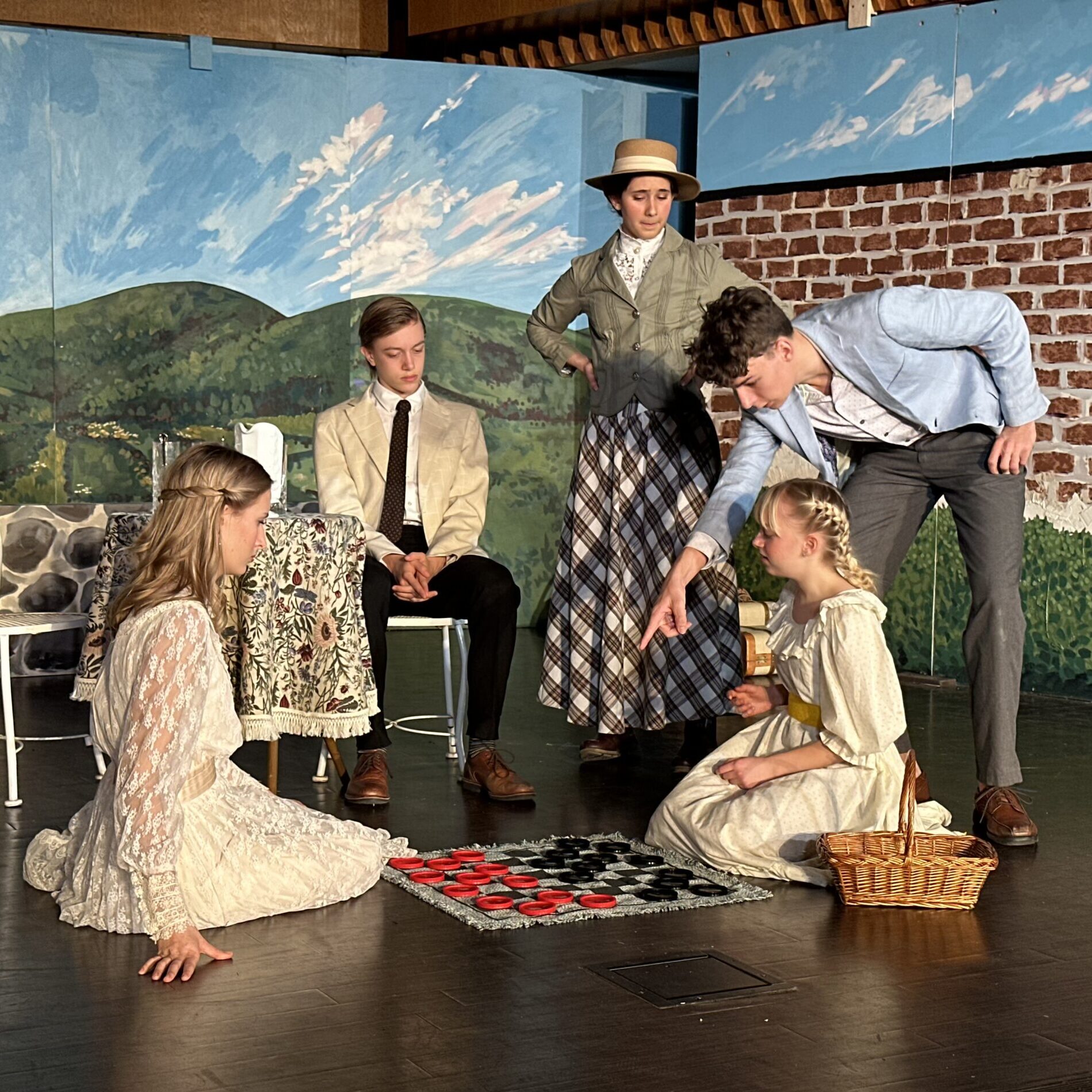Ambleside Schools International Articles

Browse more Ambleside Schools International Resources.
The Great Recognition
On January 1, 1842, Charlotte Mason was born. We at Ambleside Schools are eternally grateful to her for teaching us through her own living books and ideas, one of the most important of which is the view of a child as a whole person. From the beginning, she has inspired and influenced our sacred work of educating children, and we honor her today for the beautiful legacy she left us. Here, a member of our Ambleside community shared his thoughts regarding Charlotte Mason’s influence on his own life and thinking:
Dear Reader, I have a confession to make.
Like perhaps some of you, I was initially not that interested in knowing more about Charlotte Mason and certainly not in applying her ideas. Her 19th century style of writing was not easy to understand. Her statements on education, parenting, and children in general seemed out-of-touch (for someone who never was married or had children, how much could she know anyway, right?). Her goals sometimes seemed to be more about living in a pleasant yet escapist, fantasy.
But then my children kept growing up. And I kept growing up, both as an educator and as a parent.
I spent more time reflecting on my time with successive years of students as a homeroom teacher and school administrator. What I had once prioritized in my lessons and with my own children seemed less and less important the more time I spent with actual people.
The ideals of prioritizing:
relationships over mere information download,
whole-person growth over the reaching of some subjective goal,
character over competition,
and truly valuing a child as a person, possessing inestimable potential but in great need of formation, cultivation, and ultimately salvation through Jesus Christ,
… all increasingly spoke to me. The walls that I had constructed against new ideas and reasons for doing things eroded. I found my place, as it were, coming back to Charlotte Mason to consider what she had to say to people like me nearly a century after her death.
I remember vividly when the proverbial light bulb went on. Sitting in downtown Austin, Texas, in the summer of 2014, waiting for a conference session to begin, I was in the middle of reading through Charlotte Mason’s second volume in her education series Parents and Children. In her chapter entitled “The Great Recognition,” she introduces her readers to a glorious Renaissance fresco in Florence, Italy. (By the way, fresco is an ancient art form, where paint is directly applied to wet plaster, often on a wall. Da Vinci’s “The Last Supper” is a famous example).
This fresco had a lot going on, to say the least.
Mason takes time to identify all the different figures and personalities in the fresco, noting how their position and placement demonstrates how different studies and ideas all relate to each other. Starting with the seven Liberal Arts (e.g., grammar, logic, rhetoric, mathematics, geometry, music, and astronomy), she moves on to multiple fields of human endeavor, each represented by a ‘captain’ figure. People as diverse as Moses, Plato, Cicero, and Augustine are all gathered in rows, each representing a particular ‘master’ study of education. Some are Christian; others are decidedly not.
Awestruck with wonder, Mason writes (270},
… here we have the breadth of minds so wide in the sweep of their intelligence, so profound in their insight, that we are almost startled by the perception that, pictured on these walls, we have indeed a true measure of the thoughts of God.
She explains that the whole art piece was intended as a metaphor, a symbolic representation of how all human learning – and she literally means all – is a creation of God, a gift to people, as a means of bringing us closer to Him.
For her day, and maybe even more for ours, she lets the fresco tell its story even more deeply. Noting that while people have long divided learning (and life) into ‘sacred’ or ‘secular’ areas, Mason reminds her readers that there is no essential difference in studying math or theology when it comes to their purpose. Both studies have as their essence and their goal a capacity for bringing people to God. Rightly understood, the purpose of all studies is to help each man and woman, boy and girl, understand the glory of our shared world, love that world, and to give worship back to God.
Again, Mason in her own words is most convincing:
In the first place, we divide education into religious and secular. The more devout among us insist upon religious education as well as secular. Many of us are content to do without religious education altogether; and are not satisfied with what we not only call secular but make secular, in the sense in which we understand the world, i.e., entirely limited to the uses of this visible world.
Many Christian people rise a little higher; they conceive that even grammar and arithmetic may in some not very clear way be used for God; but the great recognition, that God the Holy Spirit is Himself, personally, the Imparter of knowledge, the Instructor of youth, the Inspirer of genius, is a conception so far lost to us that we should think it distinctly irreverent to conceive of the divine teaching as co-operating with ours in a child’s arithmetic lesson, for example …
… It [the pre-modern/Christian mind] believed, not only the seven Liberal Arts were fully under the direct outpouring of the Holy Spirit, but that every fruitful idea, every original conception, whether in Euclid, or grammar, or music, was a direct inspiration from the Holy Spirit, without any thought at all as to whether the person so inspired named himself by the name of God, or recognized whence his inspiration came …
It is truly difficult to grasp the amazing boldness of this scheme of the education of the world which Florence accepted in simple faith. (270-271)
I encourage you, Dear Reader, to go back and to read those words carefully again. Consider the impact of the argument that Mason is making for education and for life, for yours and mine.
Mason continues for a few more pages in the chapter considering the impact that such a ‘great recognition’ can have on the individual student and his or her education. Among her recommendations, she notes the need for life-giving books, the assignment of meaningful, whole-person assignments, and work (we aren’t just our brains, it turns out). She argues that much of the apostasy and falling away from a faith in God, even in her day, was a result of not truly understanding and committing to a loyalty to one’s creator in all things at an early age. This complements so well the truth of Scripture as a whole, summarized in passages such as
Train up a child in the way that he should go;
even when he is old he will not depart from it (Proverbs 22:6)
and
We destroy arguments and every lofty opinion raised against the knowledge of God, and take every thought captive to obey Christ … (2 Corinthians 10:5)
and finally,
He [Jesus Christ] is the image of the invisible God, the firstborn of all creation. For by him all things were created, in heaven and on earth, visible and invisible…all things were created through him and for him. And he is before all things, and in him all things hold together (Colossians 1:15-7).
She repeatedly reminds us that the ultimate responsibility for cultivating this kind of formation in a child primarily belongs to the parent, not the classroom teacher. Based on that conclusion, she asks and answers the vital question – how does one do this? Here is Mason in her own words:
Supposing we are willing to make this great recognition, to engage ourselves to accept and invite the daily, hourly, incessant co-operation of the divine Spirit in, to put it definitely and plainly, the schoolroom work of our children, how must we shape our own conduct to make this co-operation active or even possible?
… A first condition of this vitalizing teaching is that all the thought we offer to our children shall be living thought … We begin by believing in the children as spiritual beings of unmeasured powers – intellectual, moral, spiritual–capable of receiving and constantly enjoying intuitions from the intimate converse of the Divine Spirit. (p. 277)
This conversation that I stumbled upon in my reading years ago set me on a different course as father and educator. It made sense of the struggles that I had noted in my students, my children, and in myself. It pointed a way forward of how to truly understand education within one’s discipleship of Christ. This chapter represented a bridge from what I understood about education and a way forward to see how my efforts as parent, teacher, or administrator could be redeemed.
This chapter truly was a ‘great recognition’ and one that I’ve shared many times since then. I share it with you now as an encouragement to continue in the good work that you are doing with a child – perhaps many! I invite you to continue considering with our community how to live out a cooperation with the Holy Spirit as our mutual Master Teacher.
Serving together,
Brandon Byrd, Ambleside Teacher
Image of “The Triumph of Saint Thomas Aquinas” and the “Allegory of Christian Learning.” It covers the left wall of the Spanish Chapel connected to the Santa Maria Novella in Florence, Italy. Charlotte Mason visited this fresco in 1893 and used it to tell us of the ‘The Great Recognition Required of Parents.;’ used with permission by Architectural Photographer Pete Sieger



